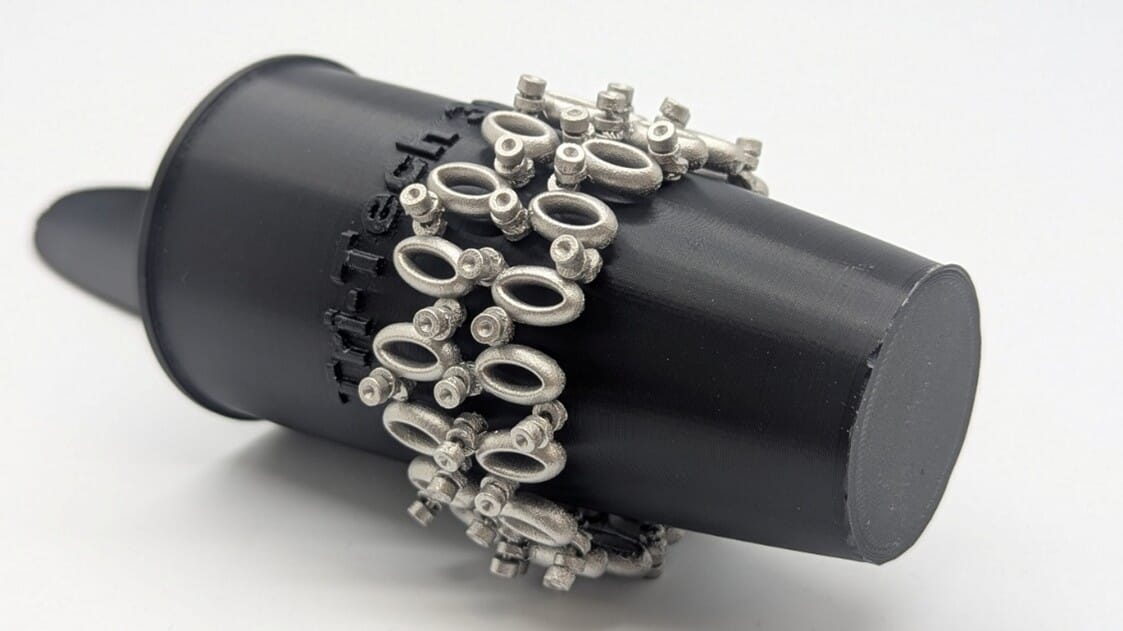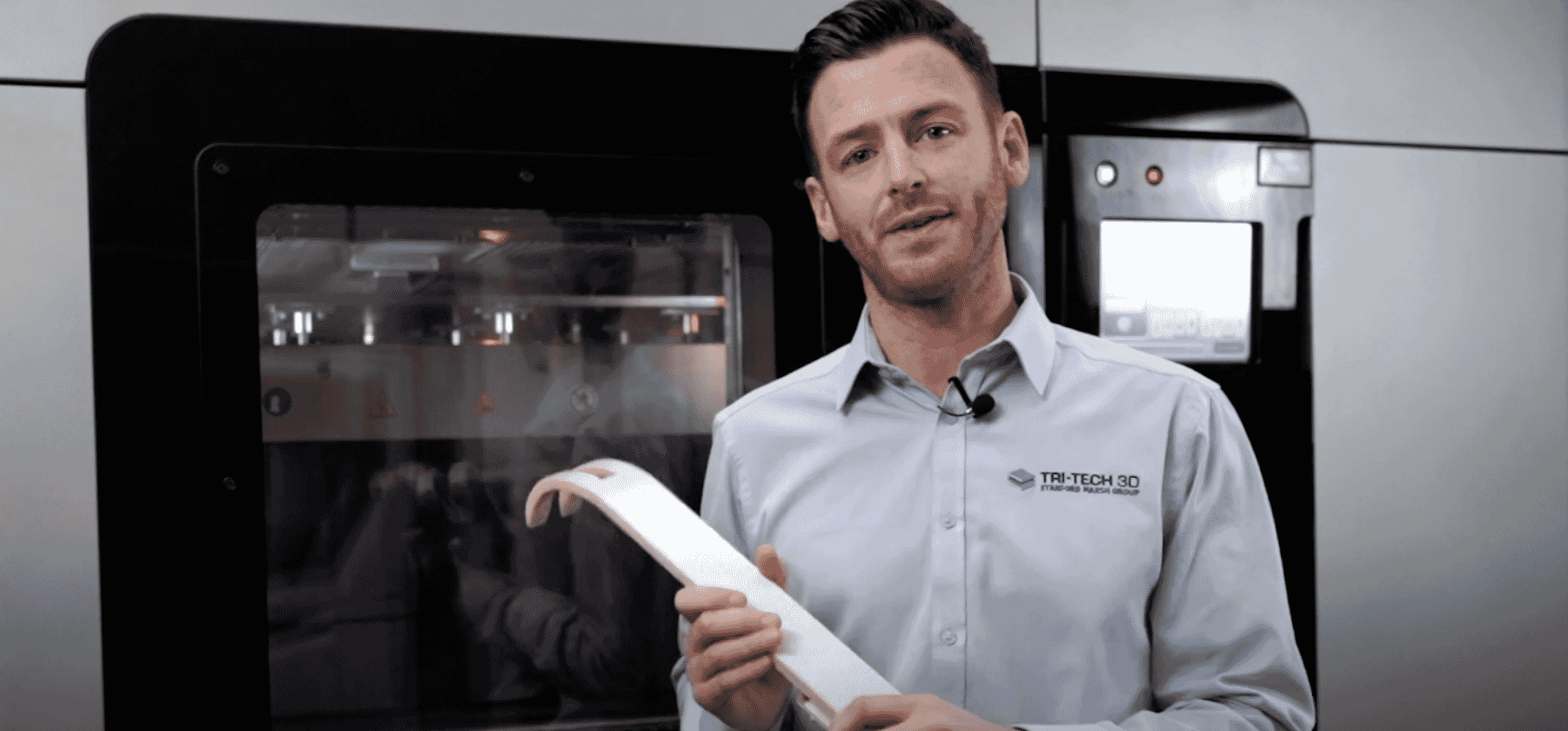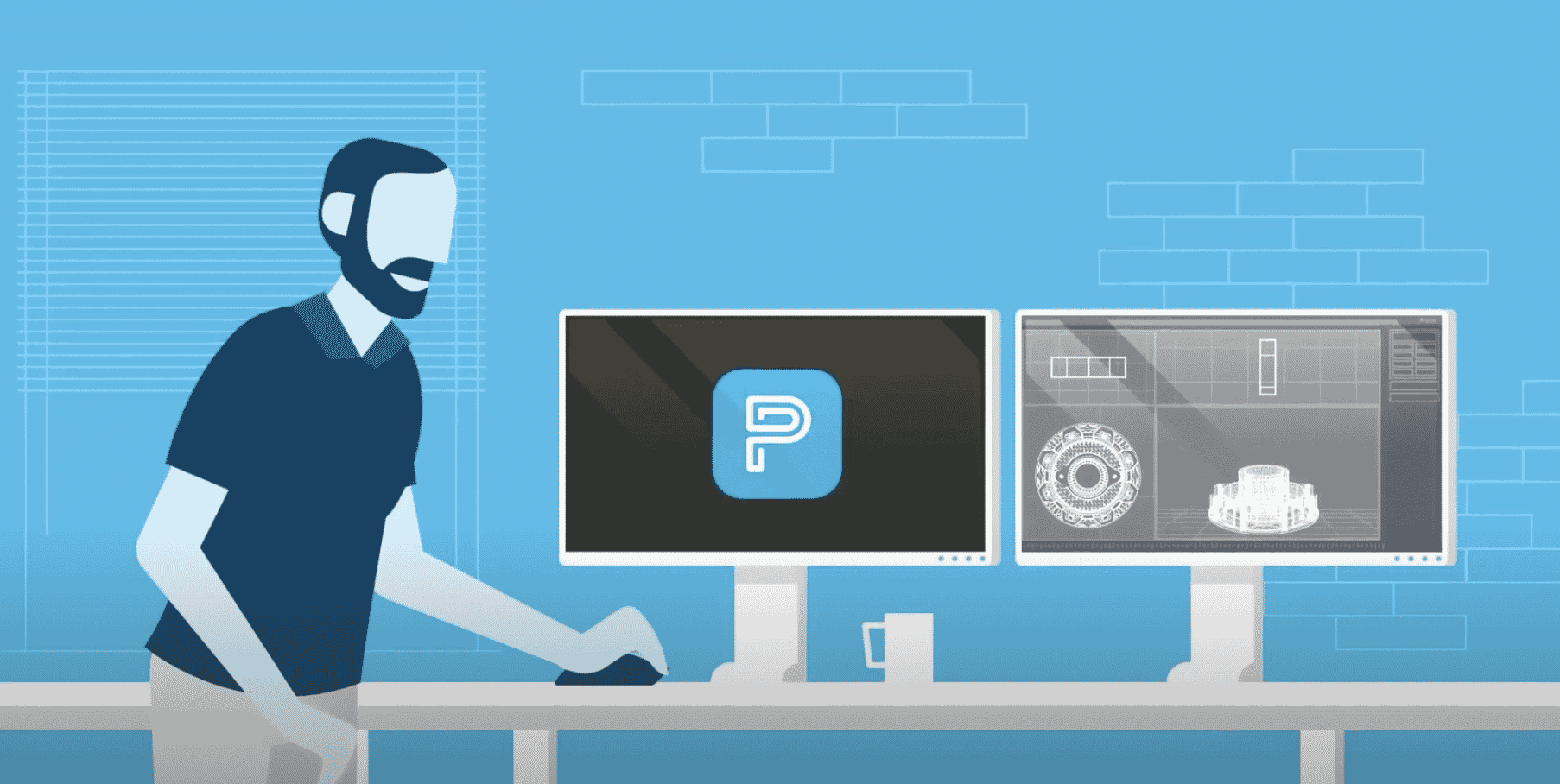Peugeot Drives Car Interior Design Revolution with Stratasys 3DFashion Technology
The Advanced Design Team at global automotive manufacturer, Peugeot Group, is the department responsible for the future vision of the Peugeot brand.
Embodying its vision for future electric vehicles, the Inception Concept is the first design manifesto led by the company’s brand design director, Matthias Hossann, and represents a major change for the marque.
Challenge
The interior of the new Inception Concept car is aligned with Peugeot’s new design architecture for electric vehicles – featuring a minimalistic cockpit designed to support the car’s overall objective of reinventing the driver experience.
At Peugeot, we always like to combine function with aesthetics
said Maud Rondot, CMF Designer within the Advanced Design Team.
A fundamental theme of the Inception Concept was to capture the relationship between materials and light, which required the Peugeot Advanced Design team to use materials that would befit the car’s specific look and embody the brand’s vision for future electric vehicles.
To this end, the objective for the Inception Concept’s seating area was to modernise the velvet material, and de-compartmentalise the design by extending that material into a visually impactful floor mat.
However, with traditional methods of embellishment, it was not possible to achieve the height and thickness the team wanted for the interior’s material, and a protective overlay on the floor area would diminish the impact of the seamless interior.
Solution
To support the Innovation Concept’s move towards new architecture, new space and de-compartmentalisation, Peugeot worked with single material effects. This saw the team select a metallic shade for the velvet, which is designed both visually and symbolically to play with light and convey something more futuristic, before using the J850 TechStyle 3D printer to create the semi-transparent ‘micro-architectures’.

According to Rondot, the floor area space would typically need to be treated with a protective overlay, but with Stratasys’s direct-to-textile 3D printing, the Innovation Concept now delivers a unique coalescence of functionality, texture and aesthetics that would not have been achievable with other technologies.
Although we have access to relatively flat designs with current embellishment methods, it is not possible to build thickness and height
explained Rondot.
With Stratasys’s exclusive 3DFashion technology, the team could create immersive seats covered with a velvet made from 100% recycled polyester that extends onto the floor, and incorporates stunning 3D patterns.
Impact
By integrating Stratasys’ innovative 3DFashion™ technology into the interior of its Inception Concept, Peugeot has achieved a level of resolution that would not have been possible with traditional embellishment methods.
The benefits to the team were clear. The durability and efficiency of 3D printing was critical to the production of the Innovation Concept – and 3D printing gave the Peugeot team the ability to easily modify and reprint the files. With no need for molds, 3D printing technology is revolutionary for industrialisation.

















